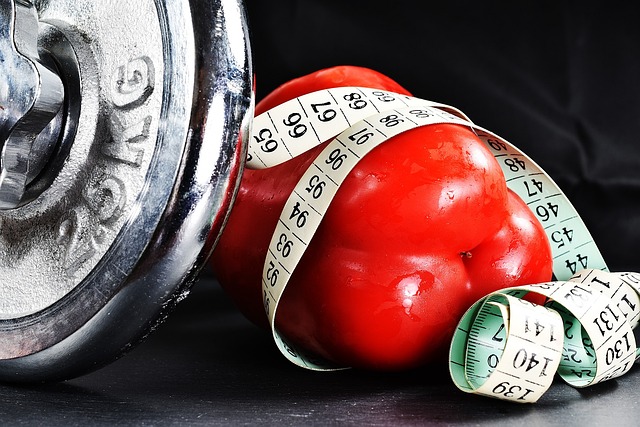WOMEN approaching the menopause should be looking to strengthen their bones to help reduce their chances of developing Osteoporosis.
Dr Taher Mahmud, Consultant Rheumatologist and Co-Founder of the London Osteoporosis Clinic, says there is a dangerous misconception that the condition is something that happens in older age.
He is now working to highlight the health challenges which can be overlooked by women entering the perimenopause, providing advice to avoid losing bone density.
Dr Mahmud said: “Osteoporosis often goes unnoticed until a fracture occurs, making it the silent thief. For perimenopausal women, the decline in oestrogen levels significantly accelerates bone loss. Research indicates that women can lose up to 20% of their bone density in the first five to seven years following menopause.
“As we get older, generally the level of bone we have in our bodies decreases – we usually reach our peak bone mass in our thirties, after which the bone resorption rate begins to overtake the rate our bodies produce new bone. In the perimenopause (the menopausal transition) women can lose up to 5% of bone per year, and over a 4-5 year period they can lose up to 20-25% of their bone mass.
“At the midlife stage, women may experience joint aches and pain, with a reported prevalence as high as 50 to 60 percent,. As women enter the menopause, they can experience inflammation in the joints, pain, and a loss in range of movement due to joint stiffness.
Joint pain is relatively common in women approaching the menopause. It can affect any joint in the body, and be limiting, as it can make day-to-day tasks more difficult or unpleasant to perform.
“Breast pain and tenderness are common in the early menopausal transition, but begin to diminish in the late menopausal transition. This is probably due to the fluctuations in oestradiol (the primary female sex hormone) concentrations. Fluctuating hormones are thought to be the reason behind many conditions and symptoms relating to the menopause.
“There are various ways to deal with the treatment of bone conditions or arthritis/inflammation in the joints. Many start with lifestyle changes, including optimal nutrition and encouraging regular exercise. A lack of exercise accelerates bone loss, along with other factors such as drinking excess alcohol and smoking.
“The course of treatment for each patient is different, but there are certain types of medication or drug available which can help to reduce the symptoms of arthritis or other inflammatory conditions.
If symptoms are troublesome, do not suffer in silence, and imagine they are normal. There are treatments and solutions available for both bone and joint pain. The earlier you seek help, there is a chance you have of reducing or eradicating your symptoms.
“Losing bone density and living with the consequences of osteoporosis isn’t something women just have to accept.
Here, Dr Mahmud provides his top five tips women can take to mitigate the risks.
1. Regular Bone Density Tests: Early detection is critical – waiting for a fracture to occur means the damage has happened. Women in this age group should discuss bone density testing with their healthcare providers. An online self-assessment tool is available at Sticks and Stones to help evaluate your bone health risk.
2. Balanced Diet: Nutrition plays a vital role in bone health. Ensure a diet rich in calcium and vitamin D. Foods like dairy products, leafy greens, nuts, and fish are excellent sources. Supplements may also be necessary, particularly for vitamin D, to ensure you consume the right levels. You can visit the London Osteoporosis Clinic website for nutritional resources tailored to bone health.
3. Weight-Bearing Exercise: Physical activity strengthens bones as well as muscles. As we age, it is important to incorporate weight-bearing exercises like walking, jogging, and resistance training into your routine. These activities help stimulate bone formation and maintain bone density.
4. Healthy Lifestyle Choices: Avoid smoking and reduce alcohol consumption, as these can contribute to bone loss. Maintaining a healthy weight also helps to promote bone health, as being underweight or overweight can negatively affect the impact on your bones.
5. Further Assessment and Holistic Treatment: Further assessment with appropriate healthcare teams is crucial for those at higher risk or experiencing bone loss. If you are diagnosed with osteoporosis, a holistic treatment plan that includes medications, lifestyle changes, and possibly hormone replacement therapy (HRT) can help manage and mitigate the condition’s effects.

| [donate]
| Help keep news FREE for our readersSupporting your local community newspaper/online news outlet is crucial now more than ever. If you believe in independent journalism,then consider making a valuable contribution by making a one-time or monthly donation. We operate in rural areas where providing unbiased news can be challenging. |

















